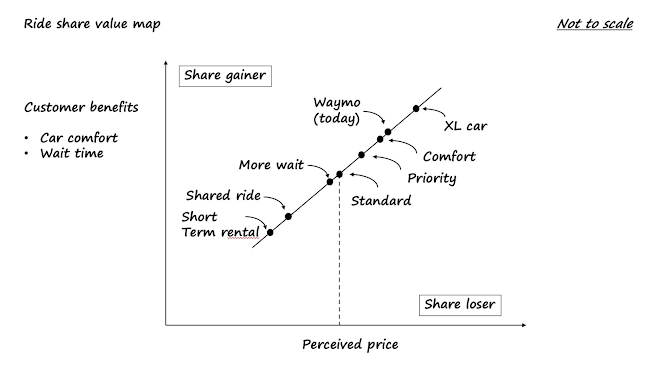Every C-level executive knows the playbook for ERP implementations. It is linear, structured, and finite: define the end state, prepare for go-live, enforce adoption. ERP has one clear destination, built once, then maintained.
AI agents change the rules. They arrive incrementally, taking over routine tasks before exp anding into entire workflows. Their share of work grows as capabilities improve and as people learn to trust them. This is dynamic and constantly evolving.
For C-level leaders, the implications are profound.
1. Principles Over Blueprints
The end state cannot be pre-designed. Instead, guardrails need to be set:
- CFOs must define where financial judgment must remain human, versus where agents can take over transactional reporting or reconciliations.
- CIOs must establish standards for data quality, ethics, and integration—ensuring agents grow within safe boundaries.
2. Trust as the Core KPI
ERP success is about adoption; AI success is trust.
- CFOs must not only track error rates, but whether controllers trust agent-generated forecasts enough to act on them.
- CMOs must measure whether teams rely on agent-drafted proposals, or still redo them from scratch.
3. Continuous Communication
ERP has a “go-live” day. AI requires ongoing narrative management.
- CHROs must communicate role evolution clearly: “Agents will now draft 60% of onboarding documents; HR professionals focus more on talent engagement.”
- COOs must set expectations that operations will continuously shift as agents assume more scheduling, monitoring, and reporting.
4. Identity and Workforce Evolution
ERP never questions your identity—people still work in finance, HR, or procurement. AI redefines role and identity itself.
- CHROs must build reskilling programs that help employees move from task execution to oversight, analysis, and relationship-driven work.
- CEOs must signal that this is not an efficiency story but a adaptation story.
5. Adaptive Governance
ERP requires rigid change control. AI requires portfolio-style governance: sandboxes, rapid scaling of wins, and structured exits for failed use cases.
- CIOs must own the framework in partnership with business leaders.
- CEOs must sponsor enterprise-wide councils that ensure balance between innovation and risk.
The CEO’s Imperative
ERP is about installing systems - AI agents are about building an organizational capability: continuous adaptation.
The leaders who succeed will not treat AI as a one-time implementation but as an evolving partnership between humans and machines.
This article was first posted on LinkedIn on September 9, 2025.



